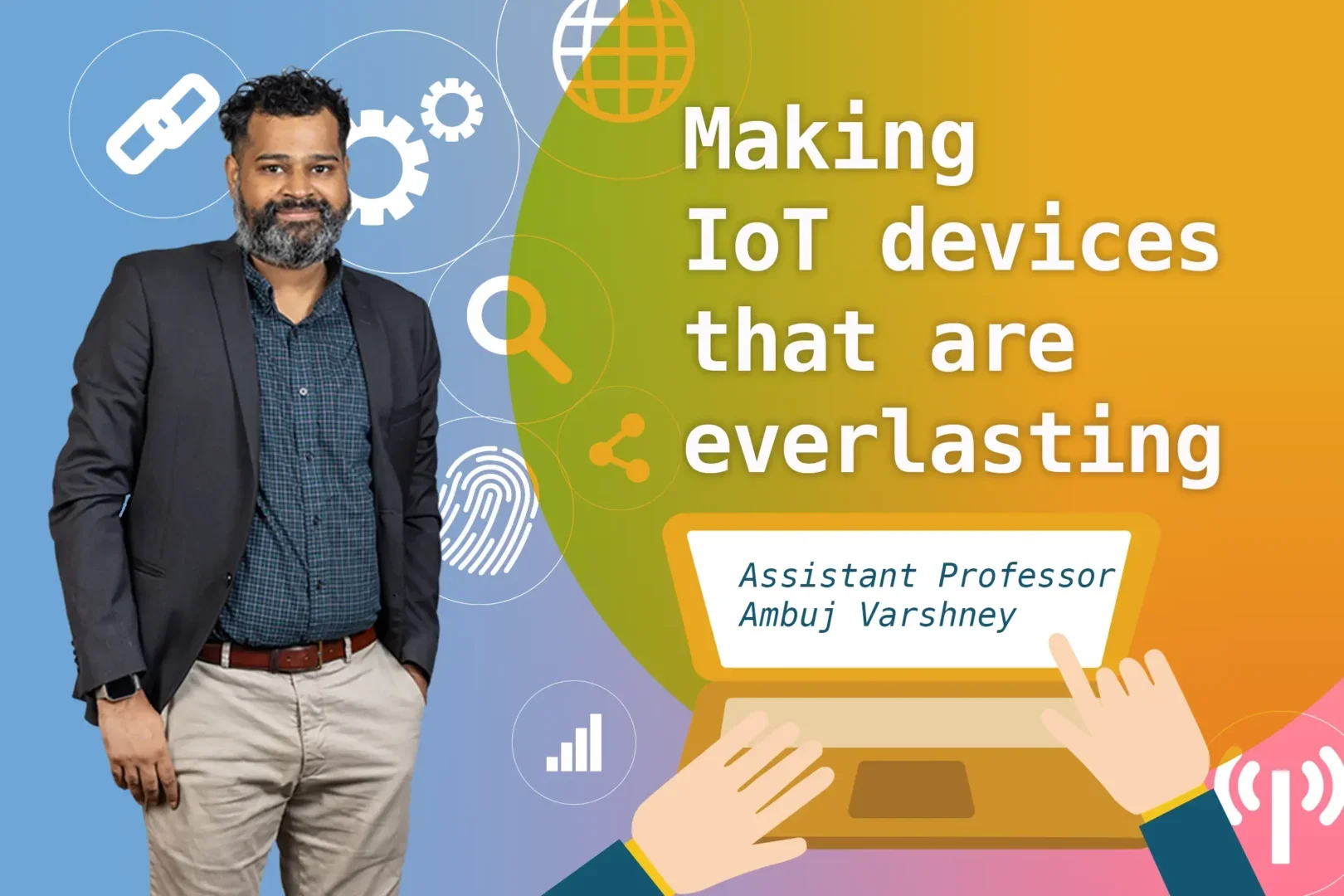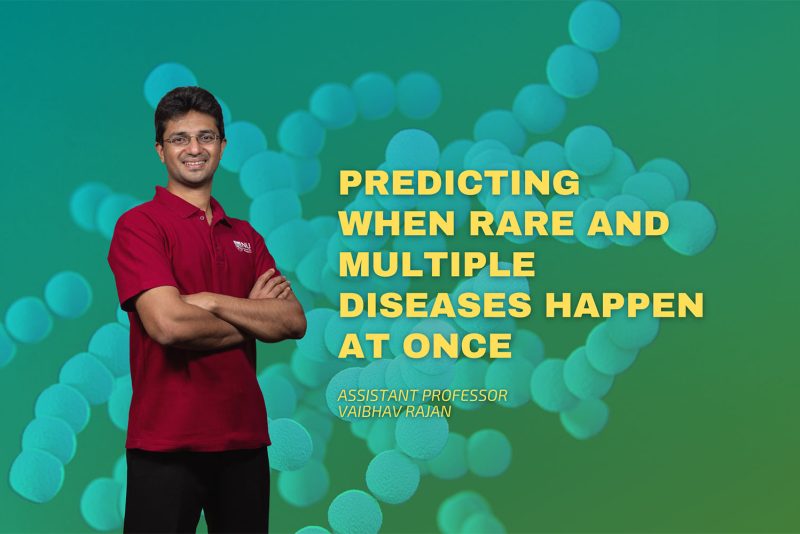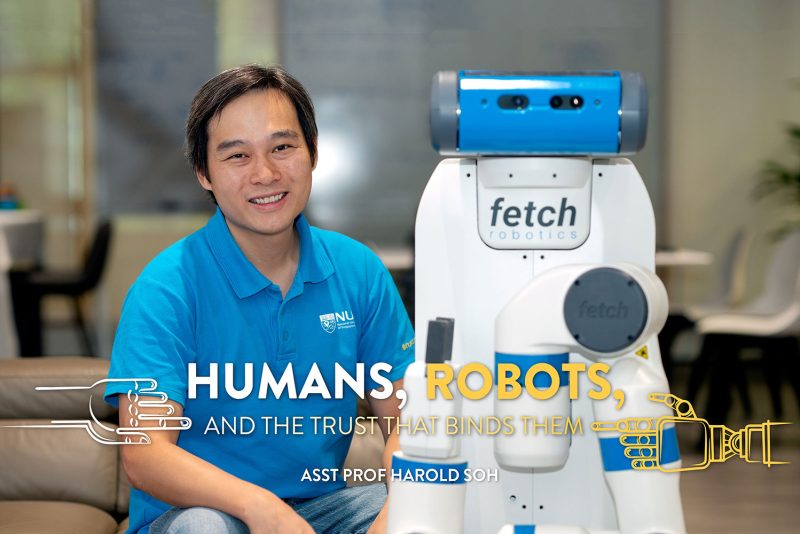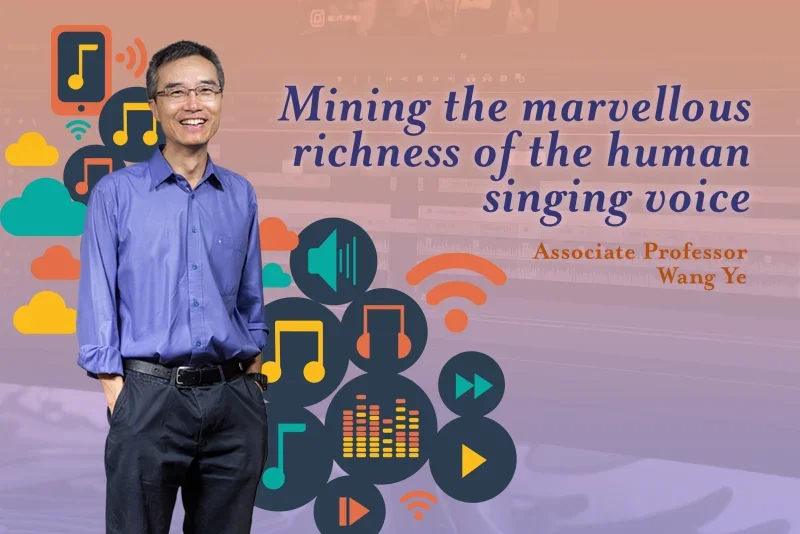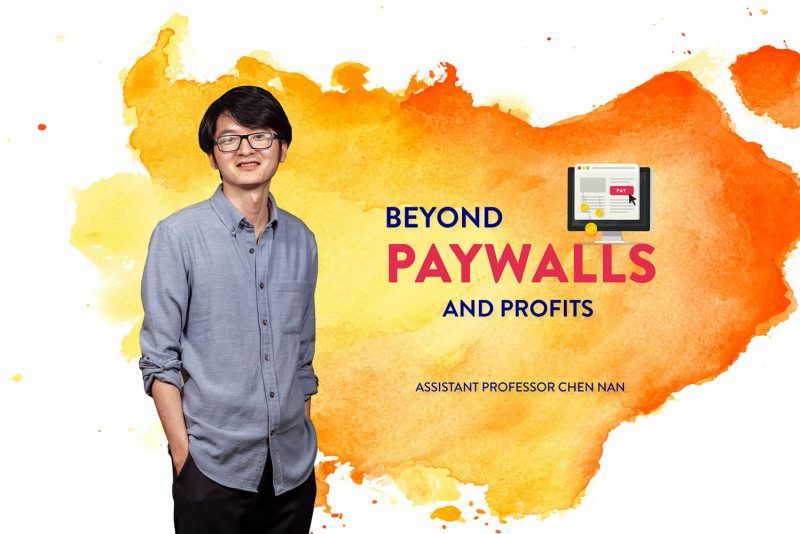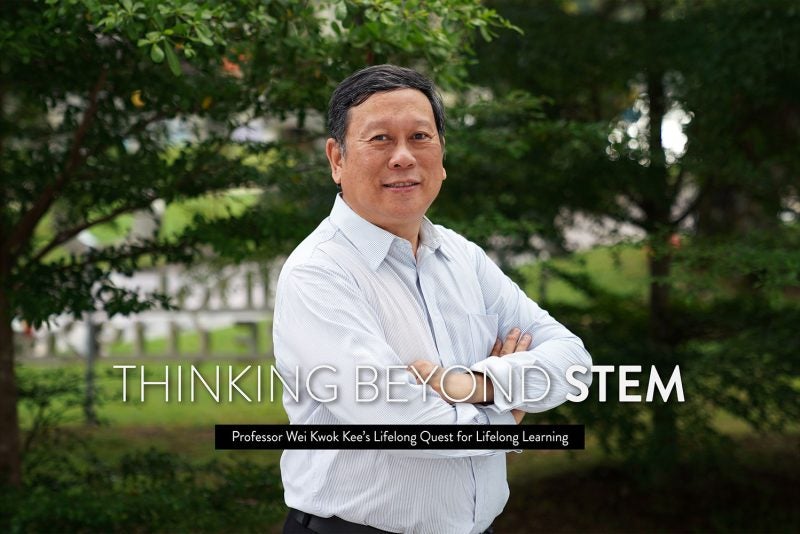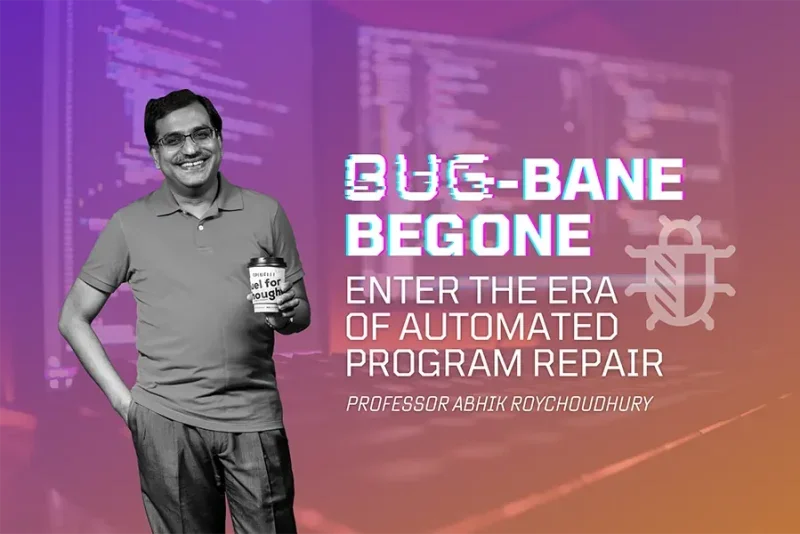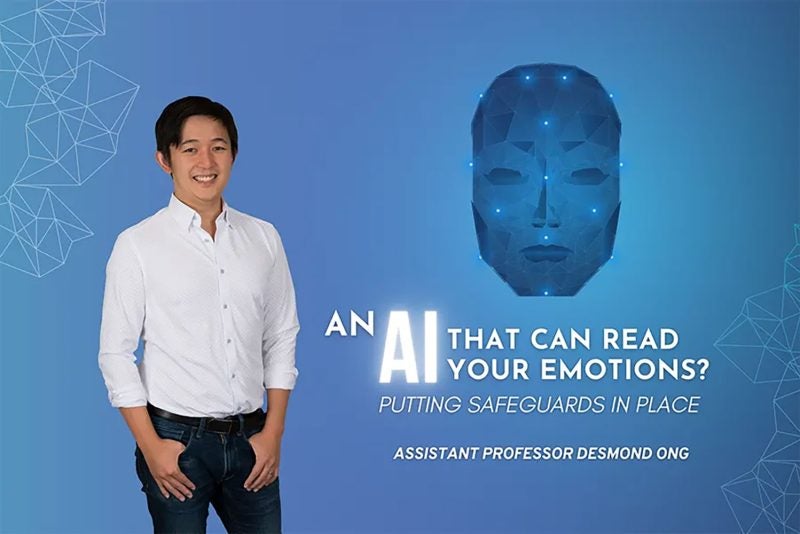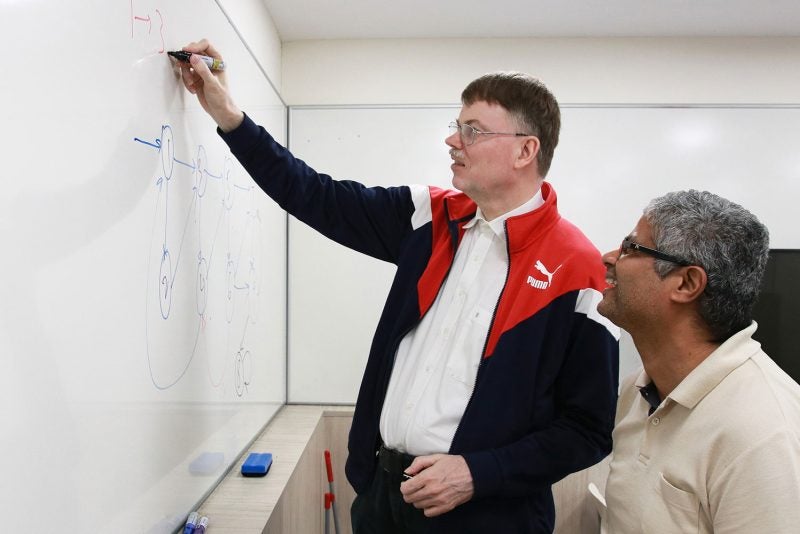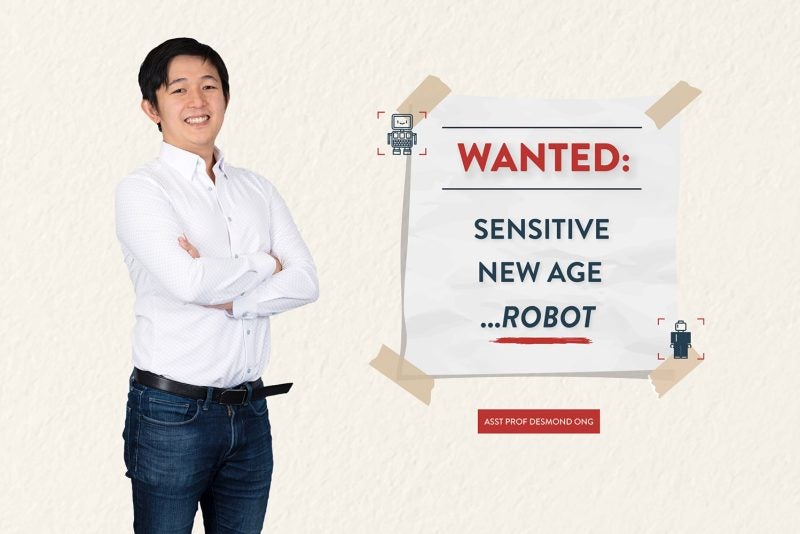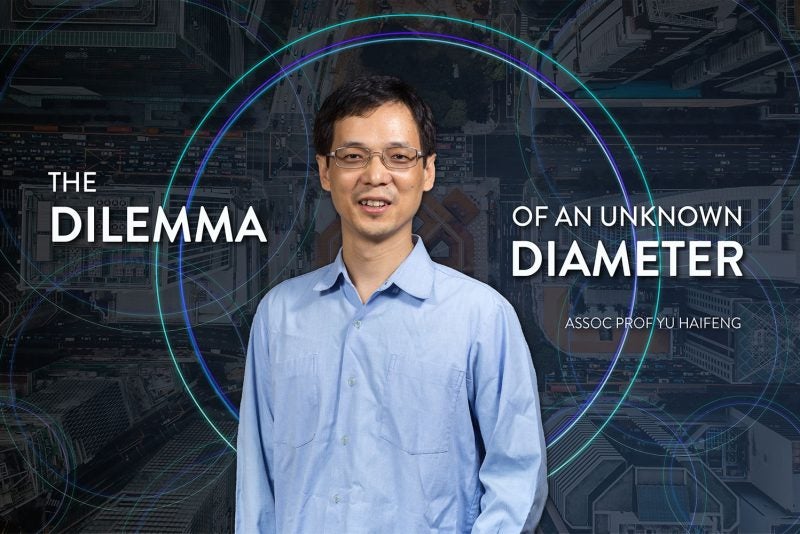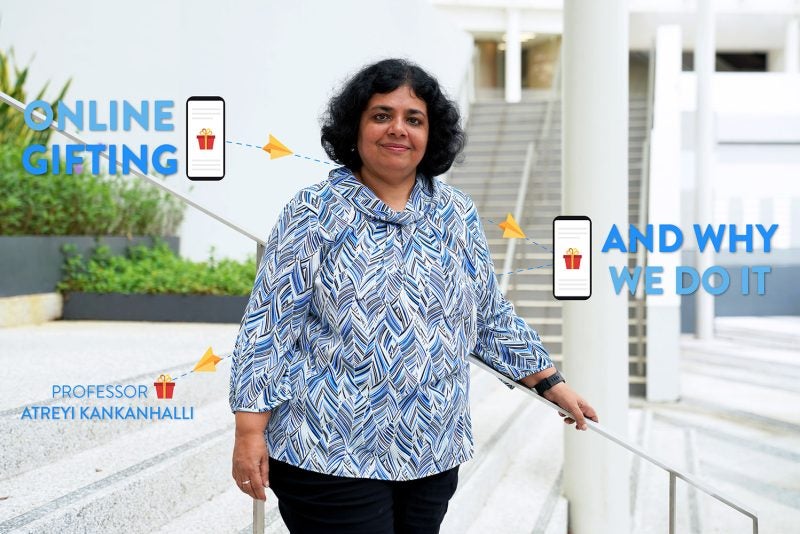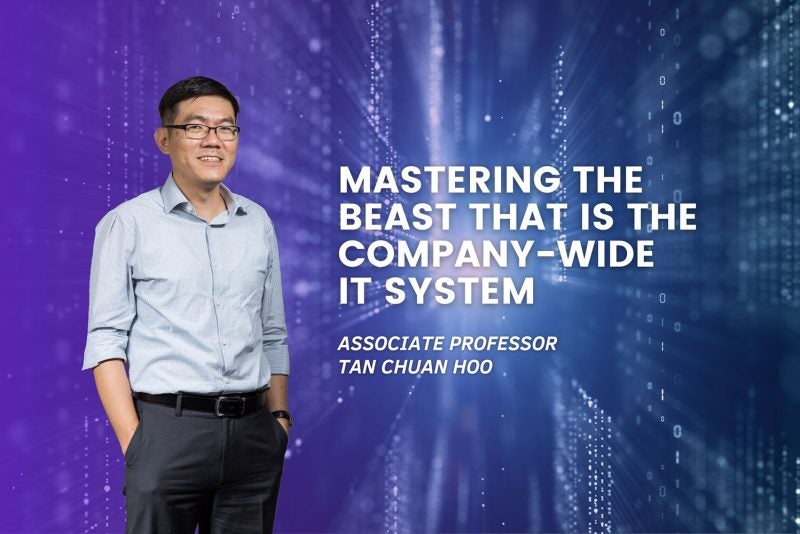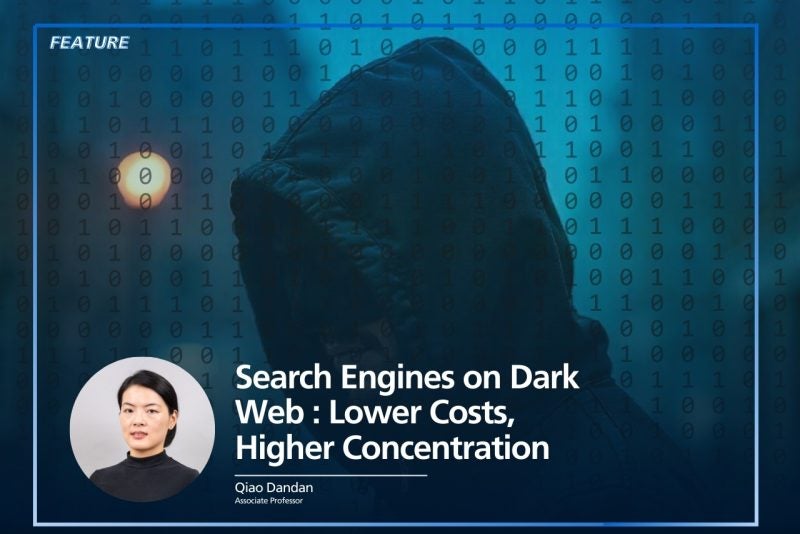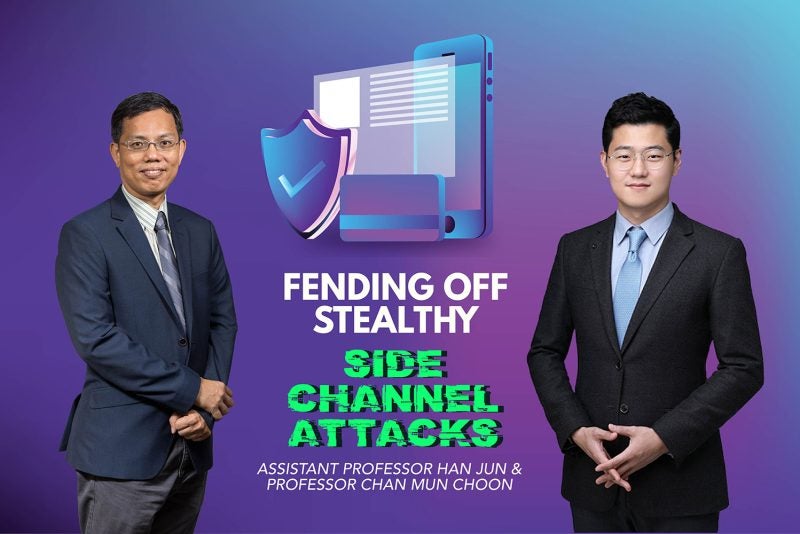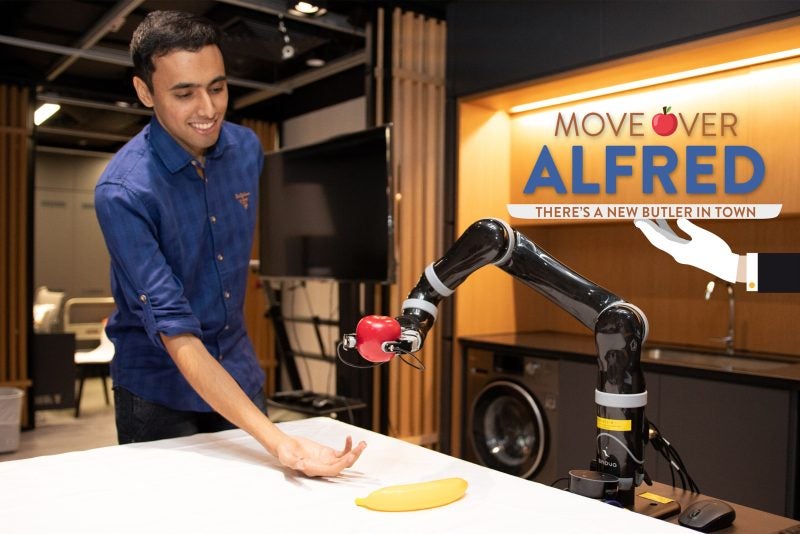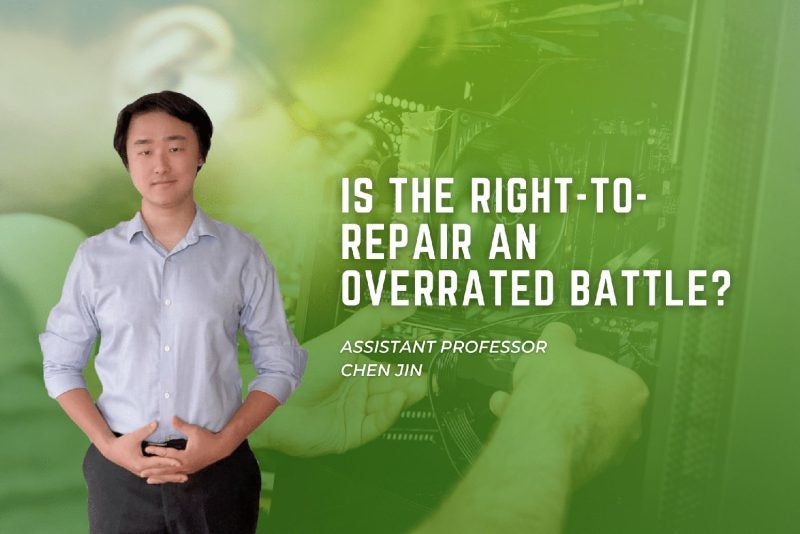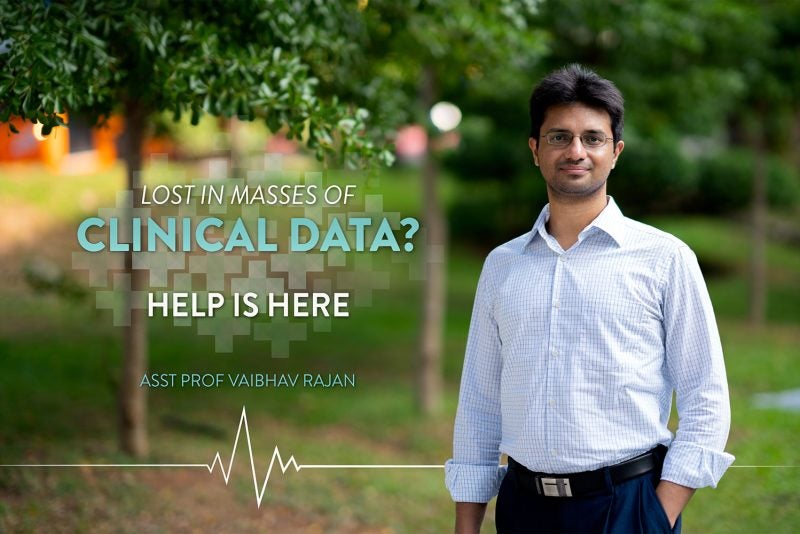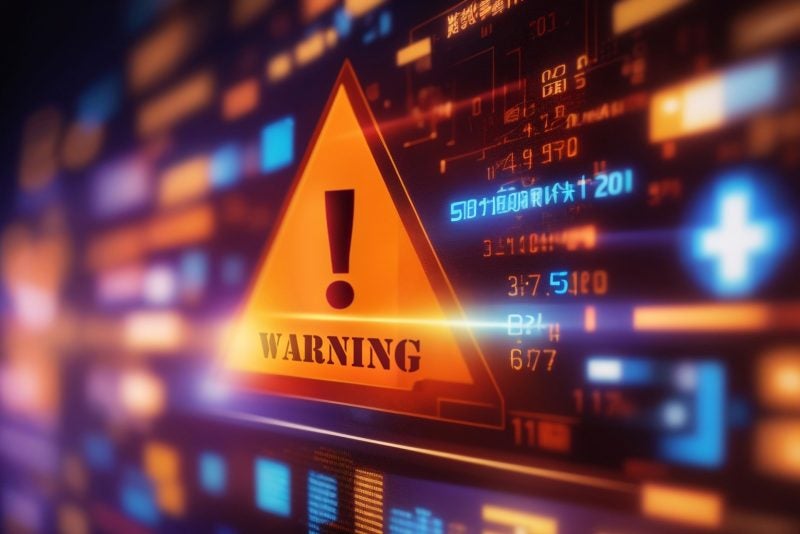If you awoke this morning feeling a little more tired than usual, you might have glanced at your FitBit to see how many REM sleep cycles you clocked last night. Perhaps you then stumbled into the kitchen to grab an espresso (brewed fresh while you were getting dressed, thanks to a nifty app on your phone). And as you do, your smart fridge announces that you’re running out of milk, so you tell Alexa to add it to the weekly shopping list.
Later, you get into your car (which unlocks as you approach, thanks to the smart fob in your bag) and head to the office. You’re the first one in (as usual) and as you soon as swipe yourself through the doors, the lights on your floor brighten to greet you while air-conditioning hums awake.
If you did any of this today and it made your life easier, you can thank the Internet of Things (IoT). This giant network of physical objects — sensors, software, and other technologies that are connected to the Internet and to one other, enabling them to exchange real-time data — is now so deeply entrenched in our everyday lives that by 2026, there will be an estimated 64 billion such devices in the world. Experts predict that this figure will hit a trillion within our lifetimes.
“Their numbers are increasing quite dramatically,” says Ambuj Varshney, an assistant professor at NUS Computing. “But this is problematic because all these devices are energy-expensive, requiring frequent battery replacement, which is both costly and environmentally damaging when you start thinking about the scale involved.”
The topic of sustainability, in particular, is a key theme of his research, given the “enormous scale of the deployment of these devices.”
“This is something that I have tried to tackle over my PhD and postdoctoral work, and now also as an assistant professor at NUS,” says Varshney.
“All my research is practical, often involving real-world hardware and systems,” he adds. “I like to work on problems that can have an impact on the larger society.”
The heavy cost of communication
Varshney, who grew up in Rourkela in eastern India, fell in love with technology from a very young age. His family was one of the first in the area to own a computer in the early 1990s, and Varshney taught himself how to code as a teenager. “Computers were an integral part of my life,” he recalls.
As he grew older, IoT devices began to hold a special draw for him. “I found them fascinating because they are able to connect the physical world with the digital one,” says Varshney, who is a Swedish citizen. “It’s incredible how IoT devices in 2010, when I first started working in the field, were as powerful as my first computer!”
Figuring out how to make them battery-free will unlock a realm of new applications, says Varshney, who points to the creation of flexible, paper-thin sensors and displays as one example.
To realise this vision, Varshney knew he had to begin by digging around the root of the problem. “We need to start from the basics and figure out why IoT devices today are so power consuming,” he explains.
“And the reason is in their architecture,” says Varshney.
An IoT device typically comprises a sensor and microprocessor, which detects the physical phenomenon of interest (for example, body temperature) and processes the data collected accordingly. “Over the last 20 years, the cost of performing these tasks has become very energy efficient,” says Varshney. “We can do them on the scale of tens of microwatts.”
The problem, however, lies in transmitting this information. Generating a wireless signal via Bluetooth, Wi-Fi, or other means is energy-intensive — typically requiring several orders of magnitude more power compared with the first two tasks. “This is the reason why IoT devices today require bulky batteries and typically look like bricks,” he says.
A reflecting mirror
The solution, Varshney realised, lay in a technique called backscatter communications. Dating back to 1945 when it was reportedly used by spies from the Soviet Union to eavesdrop on conversations at a nearby US embassy, backscatter is now found in objects such as radio-frequency identification (RFID) tags commonly embedded in electronic passports and security tags on clothes.
Backscatter occurs when a device absorbs or reflects radio frequency signals produced by an adjacent transmitter — such as a phone, router, or television. The aim is to modulate the incoming signal to encode information, before reflecting it back out. Thanks to this neat trick, the IoT device ends up saving massive amounts of power (up to 10,000 times), because it no longer has to generate its own wireless signals.
“It’s like a mirror that reflects light, and you’re just putting information in these reflections,” explains Varshney. “Except with backscatter communication, we’re talking about radio waves.”
In 2017, he and his colleagues from Sweden’s Uppsala University, where Varshney was a PhD student at that time, announced they had built a backscatter architecture called LoRea, which allowed IoT devices to successfully transmit information over long distances (of up to 3.4 kilometres). Their findings were pivotal — overturning the decades-old notion that backscatter is limited to short-range transmission. The team’s new system caught the interest of a Fortune 500 company (ABB), who offered Varshney US$300,000 towards his postdoctoral studies.
Varshney was proud of this achievement, but the system had one snag — as one of his examiners pointed out to him during his PhD defense.
Prabal Dutta, an associate professor at the University of California, Berkeley, raised a valid point: for backscatter to be effective, the device has to be close to the source emitting radio-frequency waves. “In the real world, it’s very difficult to find applications if you always have to be between five to 10 metres away from the source,” says Varshney. “It’s just not practical.”
“Because of this major constraint, backscatter never really took off despite having all that promise,” he adds. “There were several startups that garnered massive media attention, but none really succeeded, perhaps because of this challenge.
And so Varshney continued to toil away. He joined Dutta’s lab as a postdoc, working to tweak the backscatter architecture by employing a special type of semiconductor diodes (called tunnel diodes) capable of conferring special properties, such as negative resistance, onto the system. In mid-2022, Varshney and Dutta — together with collaborator Yan Wenqing, a PhD student at Uppsala University — published a paper at the prestigious ACM MobiSys conference last June detailing their new and improved system. They named it Judo, he explains, because similar to how “you use the momentum of your opponent in judo to your advantage, you’re using the momentum of the wireless signal to deflect information.”
Judo, the researchers demonstrated, could transmit information quickly (at a bitrate of more than 100 kilobits per second) and at an extremely low power (under 100 microwatts), outperforming radio transmitters commonly used in wireless embedded systems. Crucially, the Judo transmitter could be placed up to 100 metres away from the emitting source — a drastic improvement over LoRea.
Reflecting on this latest achievement, Varshney says: “This represents a new step towards making battery-free devices a reality.”
Building on LoRea, Varshney and his team are now working to create ‘sticker computers’ (called STICORS). Flexible and wafer-thin, STICORS offer improvements over today’s IoT devices, which he says are “quite clumsy and like small bricks.” What’s more, the new creation “are not sensors any longer but more like wireless computers in the form of a sticker that can transmit information over hundreds of metres.”
Varshney envisions such sticker computers having numerous applications, from being stuck onto machines in factories to monitor vibration to being applied on patients to observe their vitals. He’s now looking to see what kind of operating systems could run on these tiny computers, how to ensure their security, and whether they can be networked and deployed en masse. “As you can see, this work requires cross disciplinary and a large effort, which is precisely why NUS SOC makes sense to do this research owing to its breath of expertise in both faculty and students,” he says.

